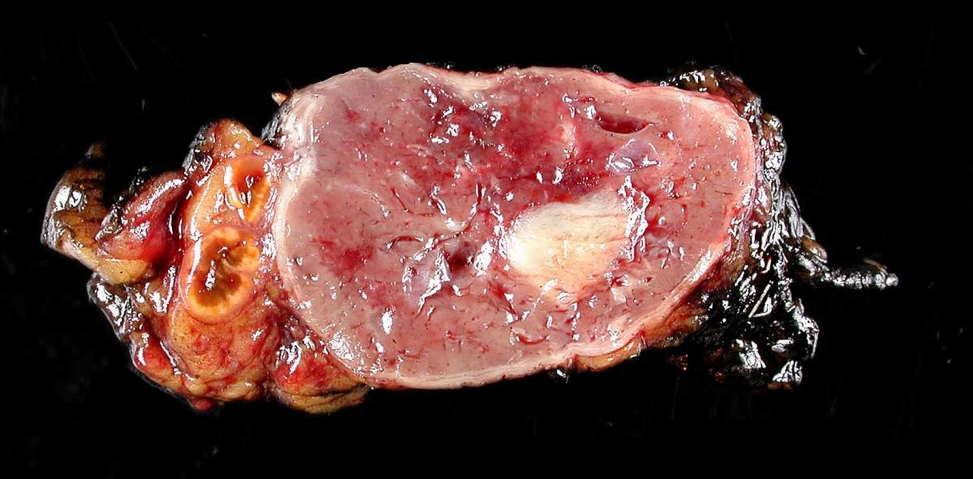Table of Contents
Overview – Phaeochromocytoma
A phaeochromocytoma is a rare catecholamine-secreting tumour that arises from chromaffin cells of the adrenal medulla. These tumours can cause episodic or sustained hypertension and are a potentially curable cause of secondary hypertension. Prompt diagnosis is essential due to the high risk of cardiovascular complications if left untreated.
Definition
A phaeochromocytoma is a neuroendocrine tumour of the adrenal medulla that secretes excess catecholamines (primarily adrenaline and noradrenaline).
Aetiology
- Idiopathic (most cases)
- Familial syndromes (notably MEN2A and MEN2B – Multiple Endocrine Neoplasia)
- Rarely associated with other genetic conditions:
- von Hippel-Lindau syndrome
- Neurofibromatosis type 1
- Paraganglioma syndromes
Pathophysiology
- Originates from chromaffin cells in the adrenal medulla
- Overproduction of catecholamines →
- Episodic vasoconstriction
- Increased cardiac output
- Paroxysmal or sustained hypertension
Clinical Features
- Age: Often affects young to middle-aged adults
- “Rule of 10s” (historical):
- 10% malignant
- 10% bilateral
- 10% extra-adrenal (paragangliomas)
- 10% familial
- Classic symptom triad (episodic):
- Headaches
- Palpitations/Tachycardia
- Sweating
- Other features:
- Paroxysmal hypertension (most common)
- Tremor
- Anxiety or panic attacks
- Nausea/vomiting
- Flushing or pallor
- Weight loss
Investigations
- Biochemical tests:
- ↑ 24hr urinary catecholamines
- ↑ Vanillylmandelic acid (VMA) – a catecholamine metabolite
- Plasma free metanephrines (sensitive test)
- Imaging:
- CT or MRI abdomen/pelvis to localise adrenal mass
- MIBG scintigraphy (for extra-adrenal lesions or metastases)
Management
- Pre-operative preparation:
- Alpha-blockade (e.g. phenoxybenzamine or prazosin) – to prevent intraoperative hypertensive crisis
- Beta-blockade (after alpha-blockade only) – to control tachyarrhythmia
- Definitive treatment:
- Surgical resection of tumour
- Post-op:
- Monitor for hypotension
- Repeat biochemical testing to confirm resolution

Complications
- Due to chronic catecholamine excess and hypertension:
- Myocardial infarction
- Congestive heart failure
- Pulmonary oedema
- Stroke (CVA)
- Ventricular arrhythmias/fibrillation
- Hypertensive crises during surgery if unprepared
- Recurrence in familial forms
Summary – Phaeochromocytoma
Phaeochromocytoma is a rare but important endocrine tumour, typically arising from adrenal chromaffin cells, that causes episodic catecholamine surges and secondary hypertension. Diagnosis involves urinary or plasma catecholamine measurement and imaging, while treatment is surgical, often preceded by medical stabilisation. For more endocrine conditions, visit our Endocrine Overview page.